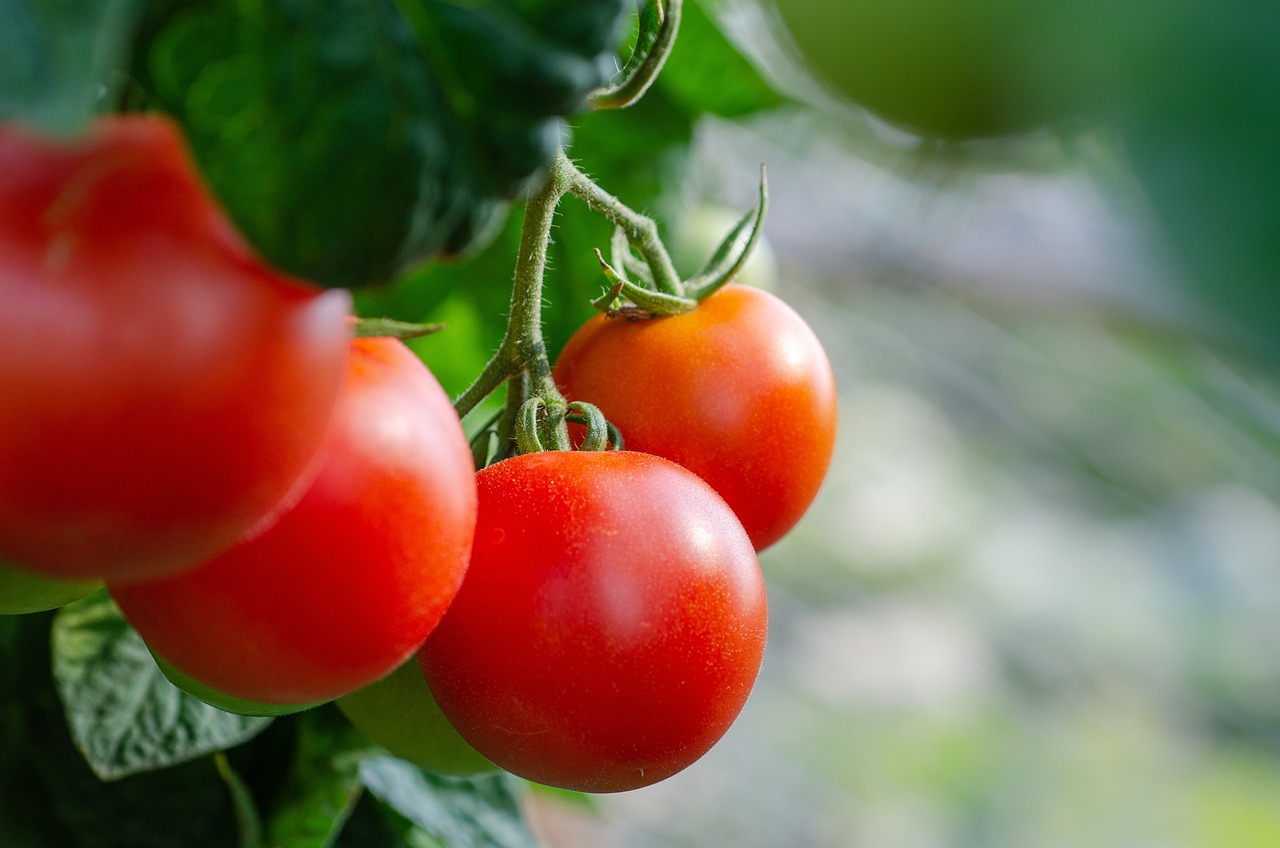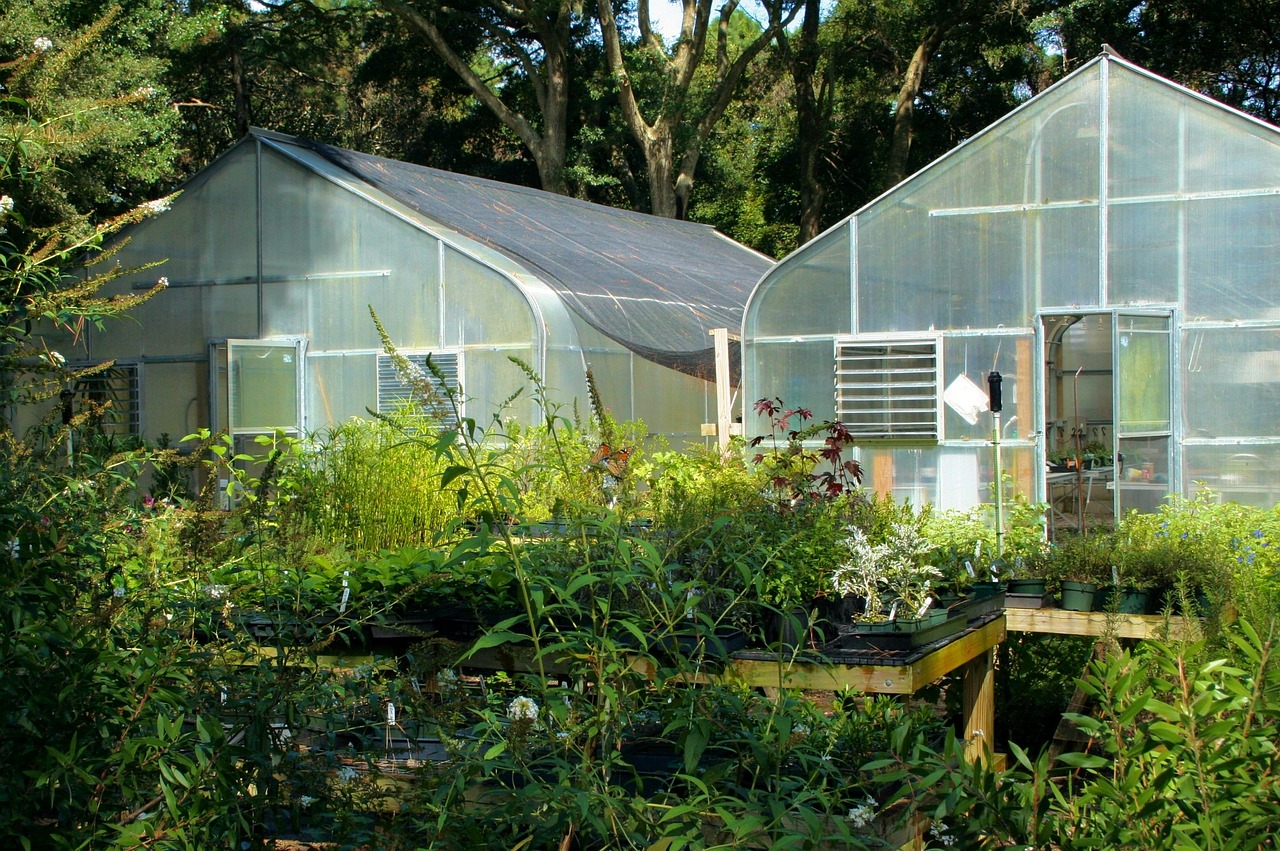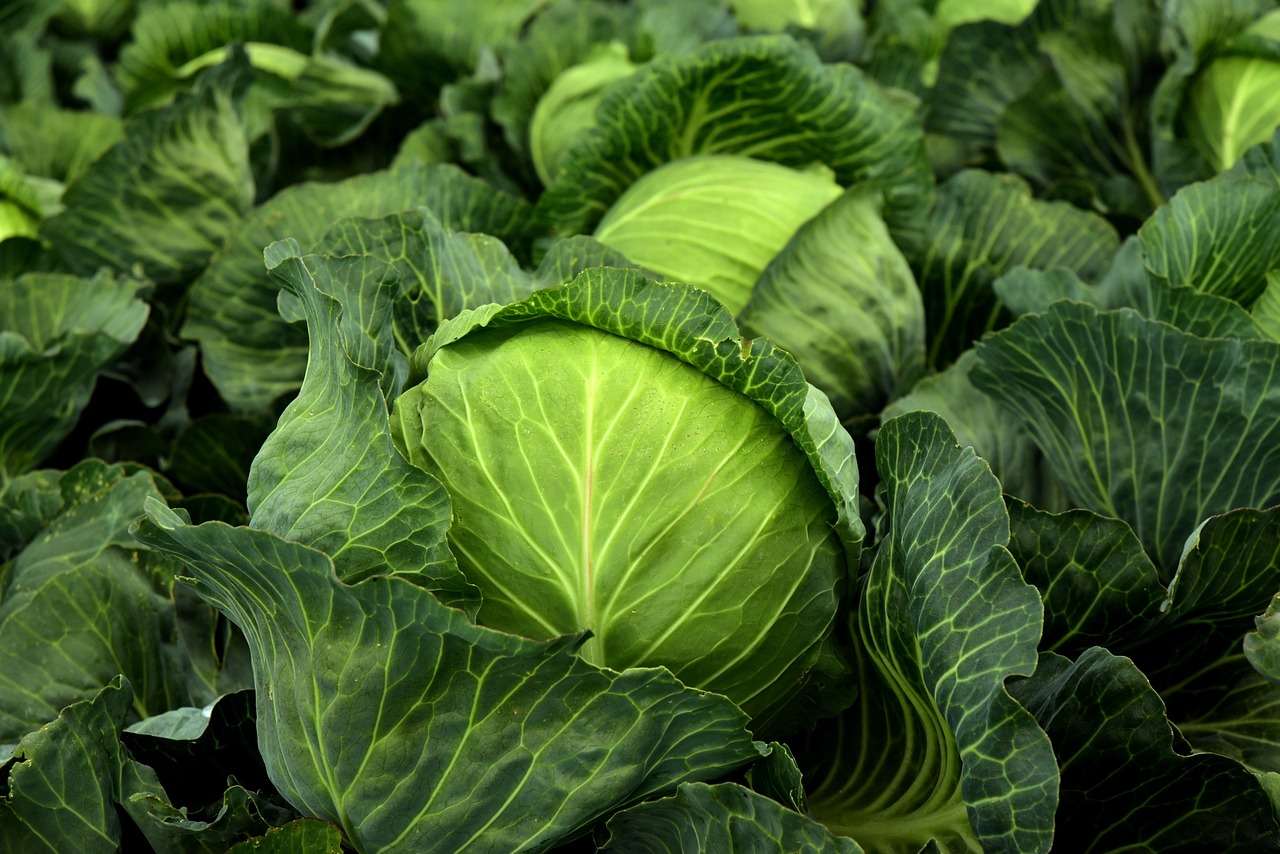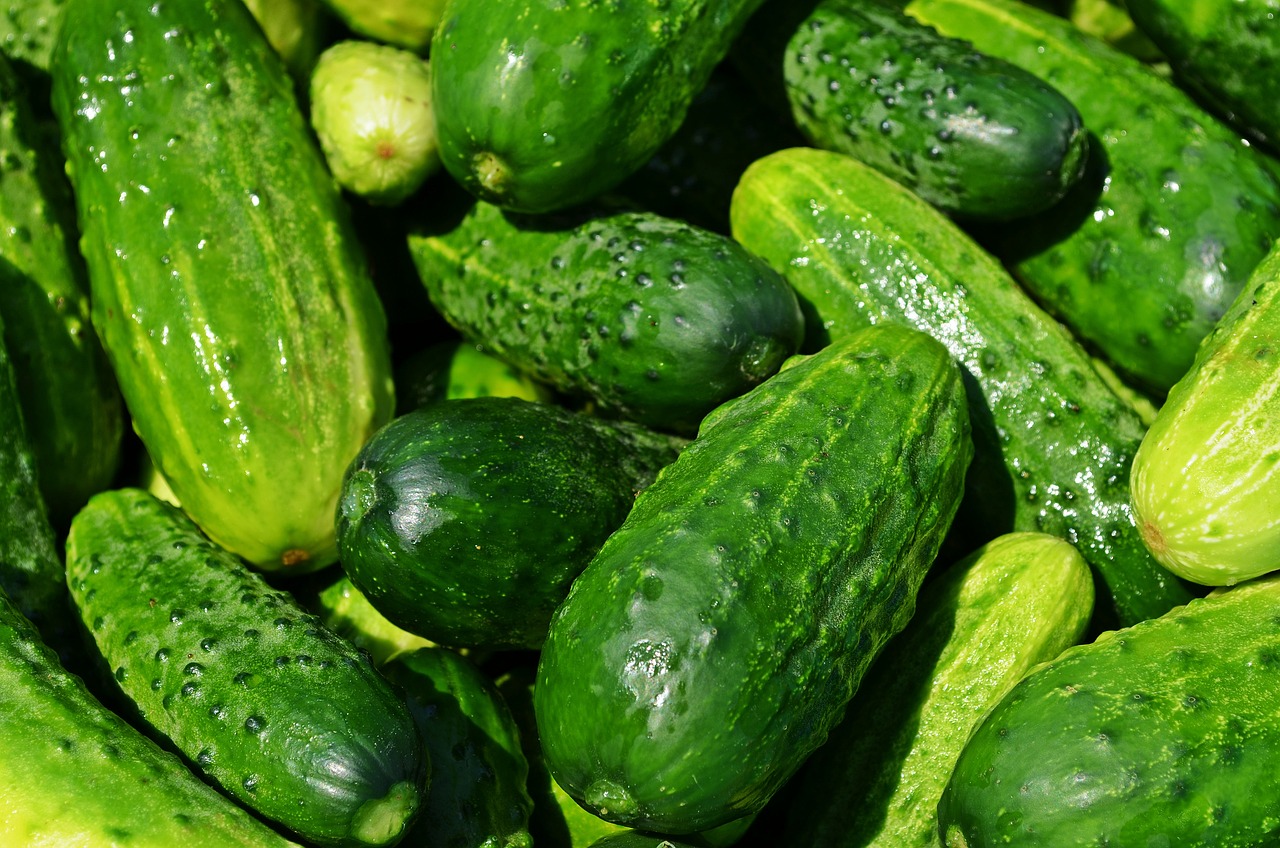Are you looking to grow your own organic tomatoes at home? Not only will you save money by growing your own produce, but you’ll also have the satisfaction of knowing exactly what went into your food.
Plus, there’s nothing quite like the taste of a fresh, juicy tomato straight from the vine. But where do you start?
First, you’ll need to choose the right tomato variety for your needs. Are you looking for a slicing tomato for sandwiches or a cherry tomato for snacking? Do you have limited space and need a compact plant, or do you have plenty of room for a sprawling vine?
Once you’ve selected your tomato variety, you’ll need to prepare your soil for optimal growth. With a little planning and effort, you’ll be on your way to a bountiful harvest of delicious, organic tomatoes.
Choosing the Right Tomato Variety for Your Needs
Don’t settle for mediocre tomatoes – choose the right variety that will have your taste buds dancing with joy! To grow organic tomatoes at home, you need to start by determining the ideal growing conditions for your plants.
Tomatoes need at least six hours of direct sunlight a day, well-draining soil, and consistent watering. Once you have the ideal growing conditions sorted, it’s time to select a tomato variety that suits your needs.
When selecting a tomato variety, it’s essential to consider the diseases that your plants might be susceptible to. Some tomatoes are more resistant to certain diseases than others. For example, if you live in an area that’s prone to blight, you should look for disease-resistant varieties.
Additionally, some tomatoes are better suited for growing in containers or smaller spaces, while others are better suited for growing in the ground. By selecting the ideal variety for your needs, you can ensure that your plants will thrive and provide you with delicious, organic tomatoes all season long!
Preparing Your Soil for Optimal Growth
Ensure your soil is healthy and packed with nutrients for the best possible growth of your tomato plants. The first step is to conduct soil testing to determine the pH level, nutrient levels, and organic matter content. This information will help you make informed decisions on the type and quantity of fertilizers to use.
If the pH level is too high or too low, you can add lime or sulfur to adjust it accordingly. Additionally, you can use composting techniques to improve the soil’s structure and add organic matter, which will help retain moisture and provide nutrients to your tomato plants.
Composting is an excellent way to create nutrient-rich soil for your tomato plants. You can start by collecting organic materials such as vegetable scraps, leaves, grass clippings, and coffee grounds. Mix these materials with soil and water, and let the compost sit for several weeks to several months.
Once the compost is ready, you can spread it over your garden beds or mix it into the soil. This will help improve the soil’s structure and provide the necessary nutrients for your tomato plants to thrive.
By preparing your soil properly, you can ensure that your tomato plants have the best possible chance of growing healthy and producing a bountiful harvest.
Providing Proper Watering and Nutrients
Proper watering and nutrient provision are essential for healthy tomato growth, so let’s explore how to give your plants what they need.
One way to ensure your tomatoes receive enough water is to use a drip irrigation system. This method delivers water directly to the roots, preventing waste and promoting deep root growth. You can also use a soaker hose or a watering can, but be sure to water deeply and infrequently rather than shallowly and frequently.
In addition to water, your tomatoes need nutrients to grow strong and produce flavorful fruit. Instead of using chemical fertilizers, consider using natural options such as compost, manure, or fish emulsion. These natural fertilizers provide a slow release of nutrients and improve soil health, which can help your plants become more drought resistant.
Be sure to follow the recommended application rates for your chosen fertilizer and avoid over-fertilizing, which can lead to excessive growth and reduced fruit production.
Protecting Your Tomato Plants from Pests and Disease
To protect your tomato plants from pests and disease, you’ll need to pay close attention to their health and take swift action if you notice any signs of trouble.
One effective strategy is integrated pest management (IPM), which involves using a combination of cultural, biological, and chemical methods to control pests and diseases. For example, you can attract beneficial insects like ladybugs and lacewings to your garden by planting flowers that they like and avoiding the use of pesticides that harm them. You can also use physical barriers, such as row covers or netting, to keep pests like aphids and caterpillars away from your plants.

Another option is to use natural remedies to treat or prevent pest and disease problems. For instance, you can make your own insecticidal soap by mixing a few drops of dish soap with water and spraying it on your plants. You can also use organic fungicides like neem oil or copper spray to control fungal diseases like powdery mildew or blight.
By taking a proactive approach to pest and disease management, you can help your tomato plants stay healthy and productive throughout the growing season.
Harvesting and Storing Your Organic Tomatoes for Maximum Flavor and Freshness
Get ready to enjoy the delicious taste of your homegrown tomatoes by learning how to harvest and store them for maximum flavor and freshness.
Harvesting your tomatoes is easy, all you need to do is look for those that have reached their full size and color. Gently twist and pull them off the vine, making sure not to damage the stem or the fruit. If you have a lot of tomatoes, you can use a pair of pruning shears to cut the stem about an inch above the fruit.
Once you have harvested your tomatoes, it’s time to store them properly. You can leave them on the counter at room temperature for a few days to let them fully ripen. If you want to preserve them for longer, you can store them in a cool, dry place, such as a pantry or cellar.
You can also preserve them using different methods, such as canning, freezing, or drying. And don’t forget to explore the different culinary uses for your homegrown tomatoes – from salads to sauces, the possibilities are endless!
Frequently Asked Questions
How long does it take for organic tomatoes to grow from seed to harvest?
If you want quick results, consider growing early-maturing tomato varieties like ‘Early Girl’ or ‘Celebrity’. To maximize yield, use organic fertilizers, water consistently, and prune the plants properly. From seed to harvest, it can take 55-100 days depending on the variety.
Can I use compost tea as a natural fertilizer for my tomato plants?
Yes, you can use compost tea to naturally fertilize your tomato plants. Compost tea benefits include improved soil health and increased plant growth. To make homemade compost tea, mix compost with water and let it steep for several days before use.
What are some common pests that can attack tomato plants and how can I prevent them?
Preventing pests is crucial for growing healthy tomato plants. Common pests include aphids, whiteflies, and hornworms. Use natural solutions like neem oil or insecticidal soap, and practice crop rotation to deter pests.
Is it necessary to prune my tomato plants and if so, how should I do it?
To promote healthy growth and fruit production, it’s beneficial to prune your tomato plants. You can prune when the plant is young or when it reaches a certain height. Different methods include removing suckers and lower branches.
Can I grow tomatoes indoors and if so, what are some tips for doing so successfully?
Yes, you can grow tomatoes indoors. Tips for success include using container gardening, providing adequate lighting and ventilation, and regularly troubleshooting problems like pests and diseases.
Conclusion
Great job! You’ve got all the tools you need to grow delicious organic tomatoes at home.
Remember to choose the right variety for your needs. Prepare your soil for optimal growth and provide proper watering and nutrients.
It’s also important to protect your tomato plants from pests and disease.
As your tomatoes grow, be sure to monitor their progress and harvest them at peak ripeness for maximum flavor and freshness.
Store them properly to keep them fresh as long as possible.
With these strategies, you’ll be able to enjoy the taste of homegrown organic tomatoes all season long. Happy growing!










